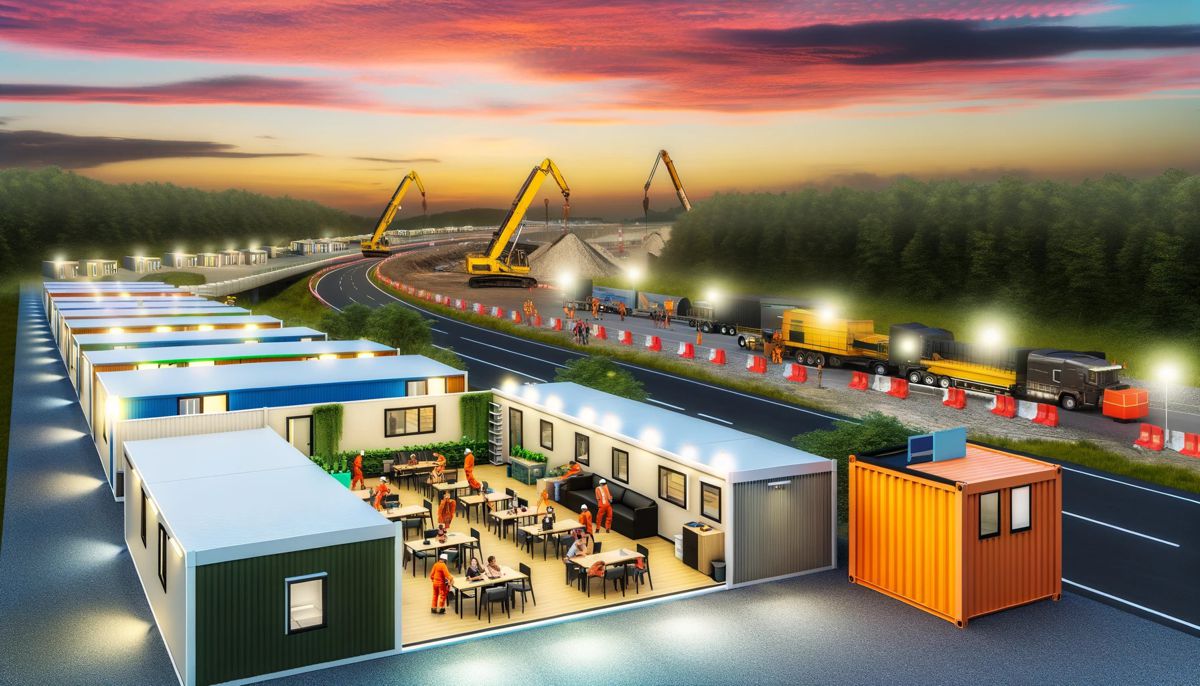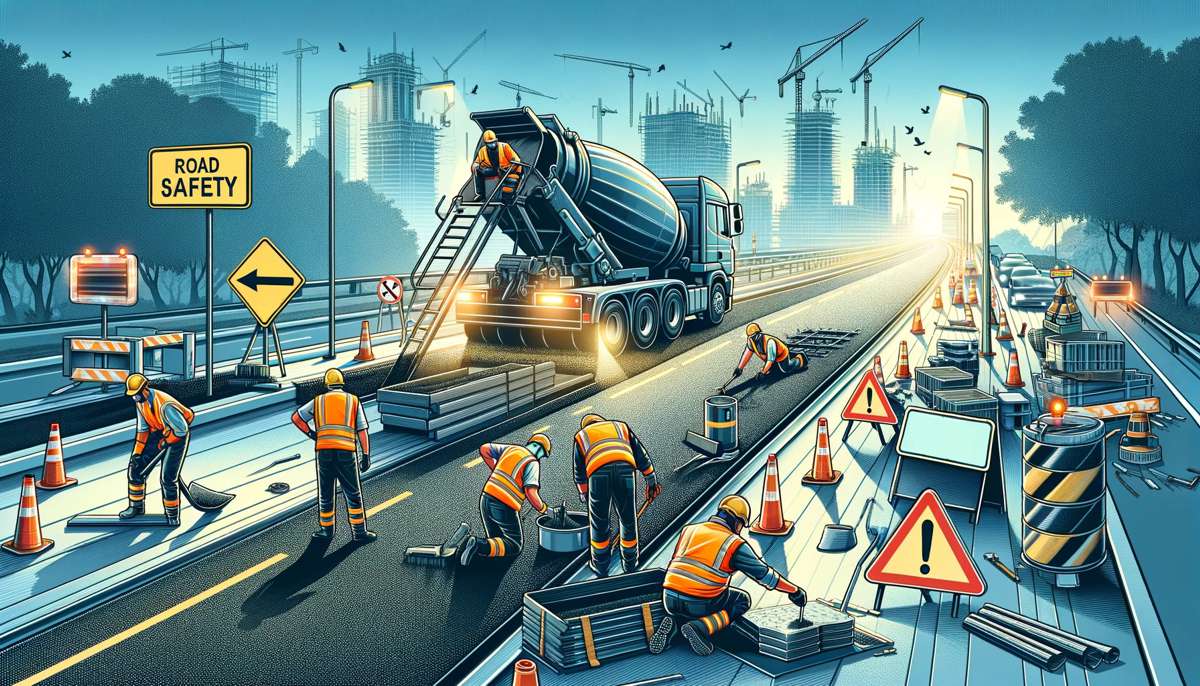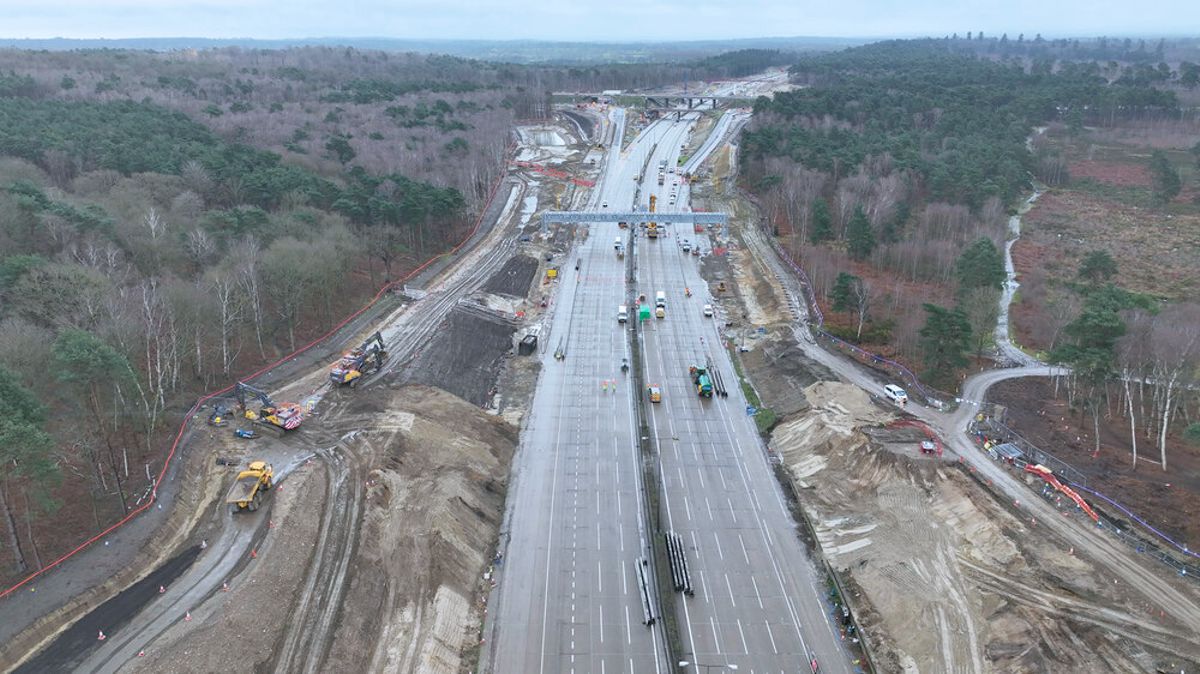How to get your road users out of a jam by reducing congestion around roadworks
Roadworks, tailbacks, traffic jams, delays… all words that we hate to hear when we are planning a getaway during the bank holiday weekend or school holidays. With the number of vehicles on the road continuing to rise, more traffic jams, longer journey times, and increased stress for drivers all seem to be inevitable outcomes.
Minimising the impact of roadworks, and the need to ensure the safety of contractors and all road users in these locations, is an ongoing problem. Anyone who works on or around roads knows how dangerous this can be. According to the Road Worker Safety Forum (RoWSaF), the average fatality rate for those working on the Highways England road network is one of the highest amongst all employment sectors in the UK.
We have all experienced frustration around roadworks when signage is not updated to match the current conditions, especially when there is no evidence of workers on site. As a result, compliance with the signage instructions, particularly speed limits can be poor, making the roadworks environment less safe.
Understanding when congestion is most likely to occur, and where, can help drivers plan accordingly, whether that means setting off early or taking an alternative route. If road operators can provide timely, accurate traffic information and projected journey times during roadworks, road users benefit from the information they need to evaluate alternative routes, let others know of their expected arrival time, and stay calm if they do get caught in a jam by knowing how long they will be held up.
To help solve this information requirement Clearview Intelligence offers several journey time monitoring solutions. One option is the Clearview’s M830 Bluetooth traffic monitoring systems to provide a low cost, simple-to-deploy means of recording and analysing journey time, origin and destination and speed traffic data. The M830 works by detecting the unique, encrypted MAC address of Bluetooth enabled devices, such as mobile phones, car hand-free kits, satellite navigation systems and laptops that are in vehicles passing the defined detection zones and uses this data to monitor their entry and exit times through the zones.
Using a combination of M830 units alongside the Insight™ platform, can feed live journey time data directly to strategically positioned Variable Message Signs (VMS) at the roadside where drivers can digest the information and plan their journey appropriately. The small size and solar powered capability of the M830 devices means they can be quickly and easily deployed across a trunk road network.
This approach was adopted in Fife, Scotland where two major roadwork projects, at prime locations were undertaken by Amey Highways Ltd, on behalf of Transport Scotland. The works were carried out on the busy M8 motorway network between Junctions 3 & 4 and on the A985 road on the Kincardine Bridge, Fife where it crosses the River Forth.
The client sought to monitor journey times in real-time at both locations for the duration of the works, so they could ensure that traffic flow was not unduly affected and respond accordingly to avert excessive congestion. The system also provided the baseline data Amey required to appropriately advise Transport Scotland when a delay had occurred during the period of roadworks disruption.
Another Clearview solution that can help to reduce congestion and minimise disruption during roadworks is our M100 system which can be used in conjunction with traffic signals operating MOVA.
Such a solution was implemented on the Erskine Bridge in Scotland which was due to undergo long-term maintenance work and a series of safety improvements, including phased road works. It was anticipated that this would result in severe congestion, driver frustration and compromised road safety during this period. Transport Scotland contracted Amey to deploy a solution to deliver long-term safety improvements to this busy route.
Clearview worked closely with Amey to specify the design of a queue detection solution that could warn approaching drivers of stationary vehicles ahead, whilst offering ease of installation and minimal damage to the infrastructure. The scheme was deployed in a very short time frame with minimal disruption as no invasive structures were required.
The M100 system is used in conjunction with traffic signals operating MOVA to create an extended green phase to reduce queues back onto the bridge, and also to trigger a ‘Queue Ahead’ warning message on a VMS sign.
The ability to share journey time information in real-time with road users can reduce driver frustration and enable them to make informed decisions about their onward journey. Having up-to-date information about what is happening on the road networks can help encourage better, safer driving and minimise congestions, stress, and accidents.
Article by Heidi M, Clearview Intelligence















